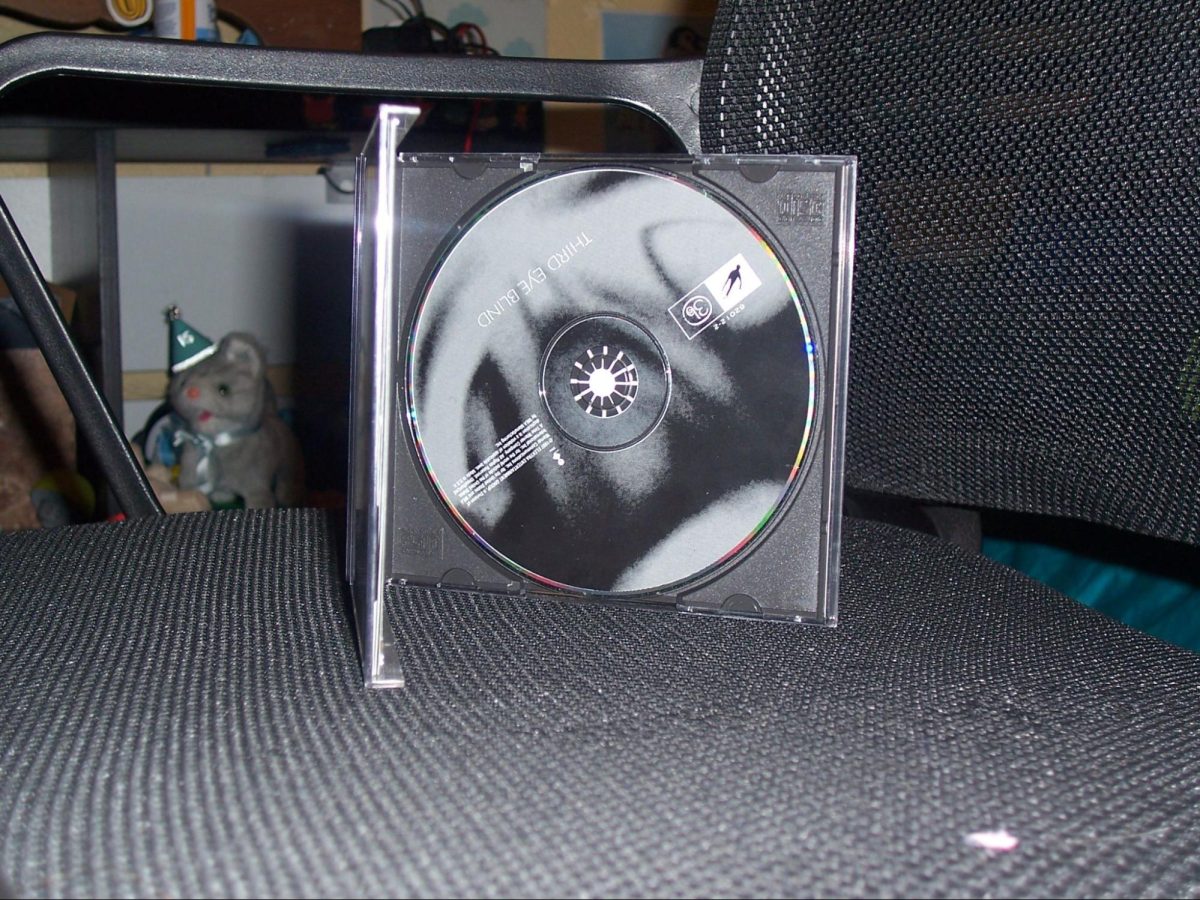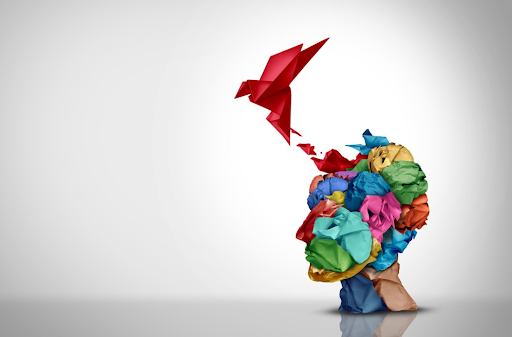Music is universal, spanning the world, generations, and many languages and cultures. Many music formats have existed over the years, but today, I want to look at one particular format of music: the compact disc, or CD.
But what came before the CD?
First off, the record. They were first invented in 1877 and started out with the phonograph, invented by Thomas Edison. They started out with the basics, recording sound and playing it back. These machines were powered by physically turning a crank to make the roll spin. It utilized a foil-coated roll and two needles, one to etch the audio into the roll and the other to play it back by vibrating a particular way with the grooves. Eventually, this technology continued evolving while still keeping the same basic concept. The hand crank was replaced with a motor, and the vibrations were digitally amplified to give a better listening experience.
Next up is the cassette tape. Invented in 1962 by the Phillips company, this format used a magnetic tape for its storage, as opposed to grooves that created vibrations in a record. Cassette tapes changed the scene of music listening by allowing for practical, portable listening for the first time. The audio player called the Sony Walkman was created. In modern days, it is probably most known for being included in Stranger Things, but at the time, it allowed people to listen to music on the go just from a machine in their pocket! Cassette tapes were also easily writeable by tape recorders, something anyone could buy and have in their home. This led to the creation of mixtapes, essentially people’s favorite recorded songs all put on a single tape. You could even record songs directly from the radio on some models.
After the cassette, a format now unknown in the modern day was created, called the laser disc. This is the first step towards digital music encoding, eventually leading the path directly to CDs. These discs were the same size as a record, but used lasers and etched pits and valleys in the plastic to store their data as 1‘s and 0‘s. Laser discs, unfortunately, did not take off, despite the enhancement in video quality. They were just as large as records, so they did not save on space at all, and you could not record anything on them, which was a highly sought-after feature in the era of VHS video.
Now, the compact disc.
It started as companies wanted to have a way to use digital audio, aiming to replace vinyl, which was one of the most popular music formats at the time. Sony and Philips decided to join forces to create this new digital audio format. They wanted a format that could play back good quality music while being error-proof from problems such as scratches or fingerprints. The compact disc was released in 1982, developed by Philips and Sony. It utilizes the same system as the laser disc, only smaller and more compact, giving it the “compact” part of its name. CDs became very popular as they were a compact and portable way to listen to high-quality audio at home and on the go. The first commercial CD to be created was Billy Joel’s 52nd street. Many types of CD players were created, ranging from large stereo systems to small handheld players like the Sony Discman.
How do CDs work?
CDs have millions of pits and lands, where the plastic goes up and down. These pits and lands represent 1’s and 0’s, the data that make up the digital audio. A laser reads the audio. The laser shines onto the CD, and if it is reflected one way by a pit, it registers a zero. If it is reflected by a land, it registers as one. These millions of 1s and 0s are processed by the CD player by an internal computer, translating this data into electrical signals played through speakers, creating the sounds stored on the disk. The more pits and lands there are, the more data can be stored on the disc.
CDs saw a lot of use, but in recent years have fallen out of favor for streaming and digital listening. Digital files, or even just paying a few dollars a month to listen to every song ever created, are cheaper and more convenient.
So what are the reasons for using CDs today?
Having something physical to hold and contain your music is a big factor for me, at least. The physical feeling and experience of opening a disc drive, taking your CD out of its case, putting it in the tray, and hearing the parts whirr around inside to close as the disk spins up and your music starts to play is an experience that is worth the extra cost, which is usually only around five to fifteen dollars, depending on if you get your CD new or used.
Another reason is to preserve and be able to keep the music that you have. Streaming services depend on you continuing to pay for them. If you stop paying, you will lose all of your music. Having a large collection of physical CDs can help you form more personal and deep connections with your favorite music and can even help you discover new music! I discovered a band called “The Beths,” now one of my favorite bands, just by seeing a CD in the library with an interesting-looking CD cover! I just thought, “Oh, this looks interesting, I’ll take it home and listen to it,” and I ended up liking the music.
CDs can be found in a variety of ways.
Thrift stores are a great place to look for cheap CDs. They are used, but they should still work. Make sure that the disc is not too scratched up, or the CD will not play. If you want to get a specific album on CD, many online stores still sell them and will ship them directly to you. More albums than you would think still have physical CD releases to this day! The library is a good place to get CDs too. Many libraries have large collections of CDs and DVDs that you can borrow with just a library card. Check at your local library and see if they have any interesting CDs! A good way to find CDs you like is by looking through genres of music or artists you like or recognize, or like I did, just anything that looks interesting!
Overall, if you want a deeper and more personal connection with your music, to own it instead of a streaming service, to experience the experience of a physical CD, or to grow your music collection, try CDs!








